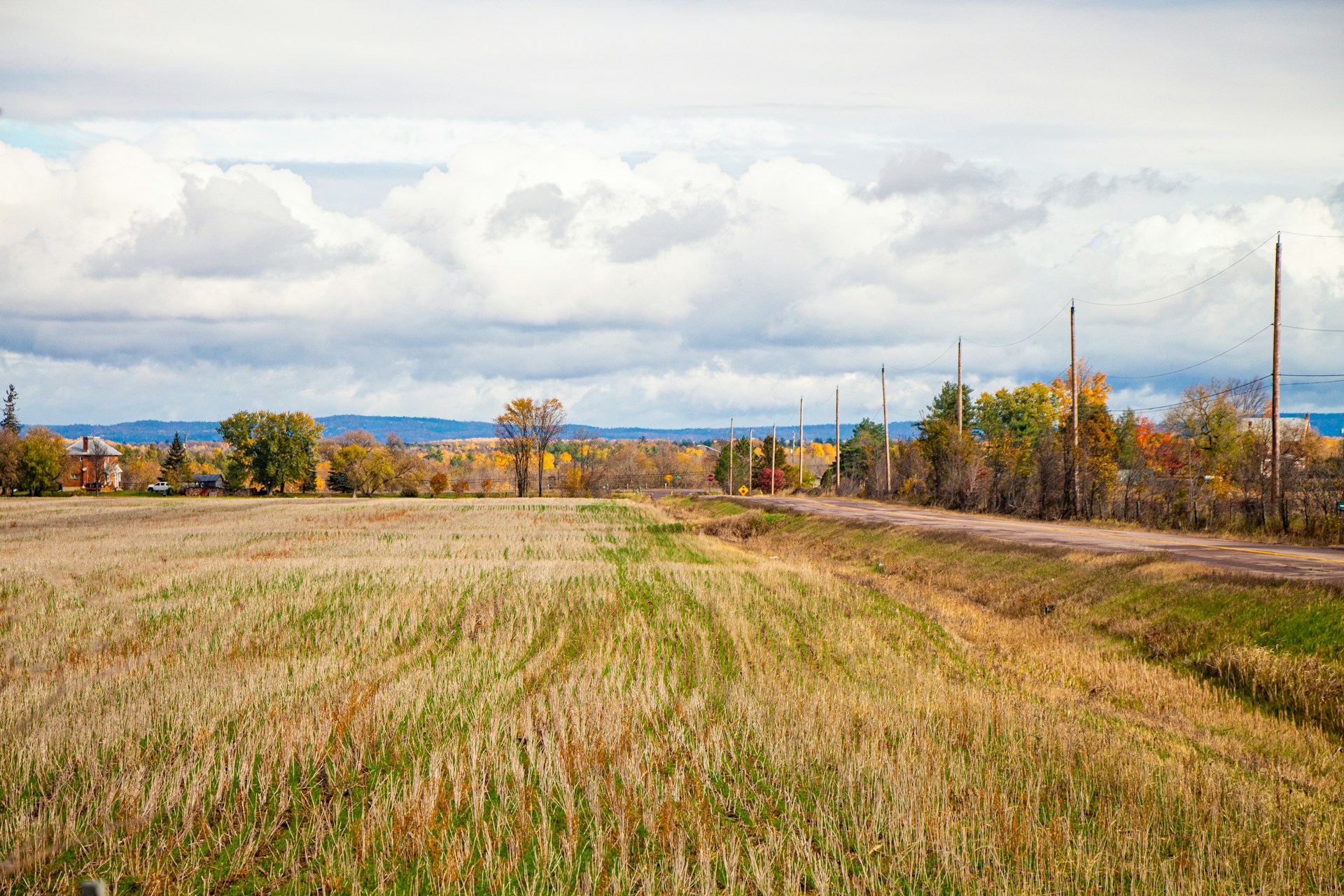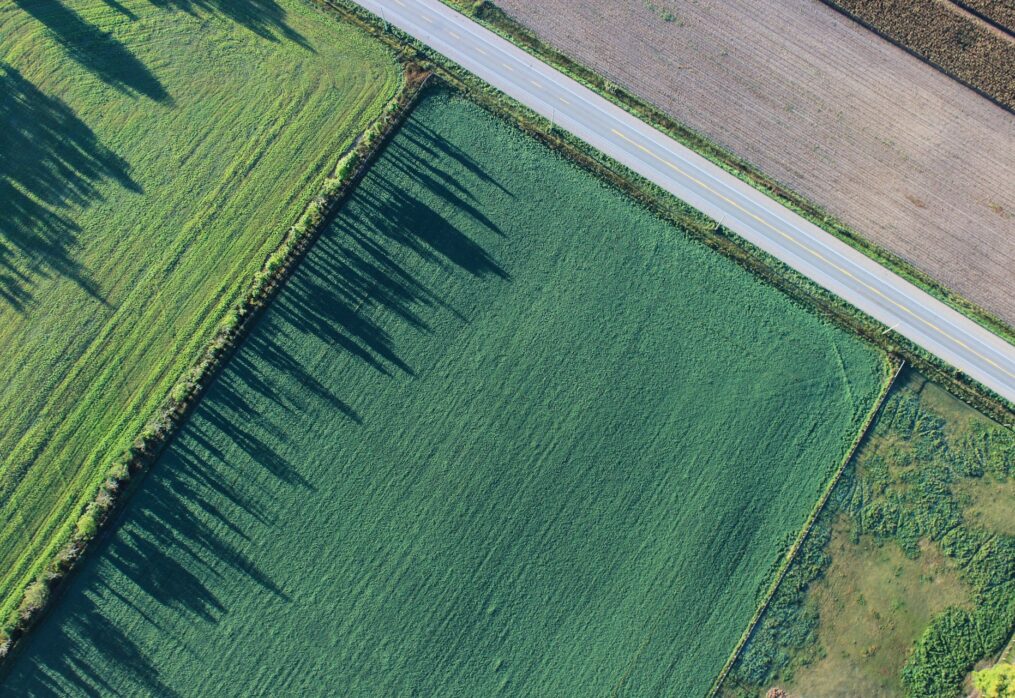The growing of grain legumes by farmers will increase in Canada
The growing of grain legumes by farmers has been increasing in Canada for many years
The cultivation of grain legumes is increasing in Canada. Experts say they are more profitable than other crops. According to the Ministry of Agriculture, the production of lentils in the country has exceeded that of peas by a factor of eight over the past 10 years. At the same time, the area under cereals is shrinking.
For the 2024 season, analysts predict:
— a reduction in wheat acreage of about 3%;
— barley acreage will fall by 5%;
— 1.5% reduction in rapeseed area;
— the area under flax will fall by 19%.
According to the ministry, rapeseed production is becoming less profitable due to falling crop prices. At the same time, the cost of growing it remains high. In addition, experts expect low humidity in the autumn, which will have a negative impact on the rapeseed harvest.
At the same time, analysts forecast a slight increase in wheat prices. So far, however, this forecast has not convinced farmers to increase production.
The main argument for planting cereals is a significant increase in the price of grain legumes:
— world lentil prices will be 8% higher this year than last season;
— peas will increase in price by 5%;
— chickpeas will rise in price by 17%.
Canadian farmers can, therefore, expect high profits. This will encourage them to expand grain legume production.
Factors influencing crop production
Expert Kevin Hersh agrees with the Ministry of Agriculture’s forecasts. He also notes the increase in the area sown to these crops. At the same time, the analyst is not sure about the estimates for individual varieties. For example, Hersh believes that the production of red lentils could remain at last year’s level. At the same time, green lentils could grow significantly if farmers can find seeds at an affordable price.
Meanwhile, the area under durum wheat should increase by 1.5%. However, the overall area will decline.
For oats, farmers are likely to expand their areas by 27%. However, this increase is only a partial recovery. In 2023, the production of oats decreased considerably. In 2024, its area will still be 9% lower than the average of the previous 5 years.
Hersh notes that allocating crop acreage will largely depend on the seed cost. And not just wheat but also grain legumes.
The world market for the new crop is already shrinking. A pound of green lentils trades for 50 cents at the current price of 74 cents. Farmers will face high financial costs for seeds if they don’t have their own.
